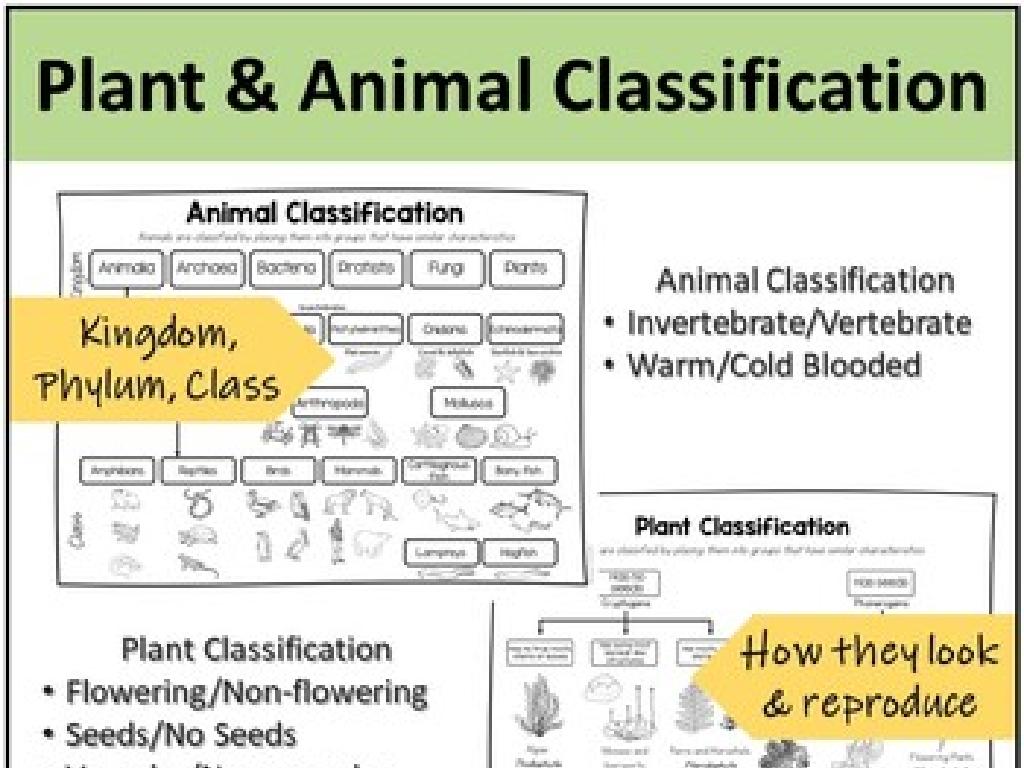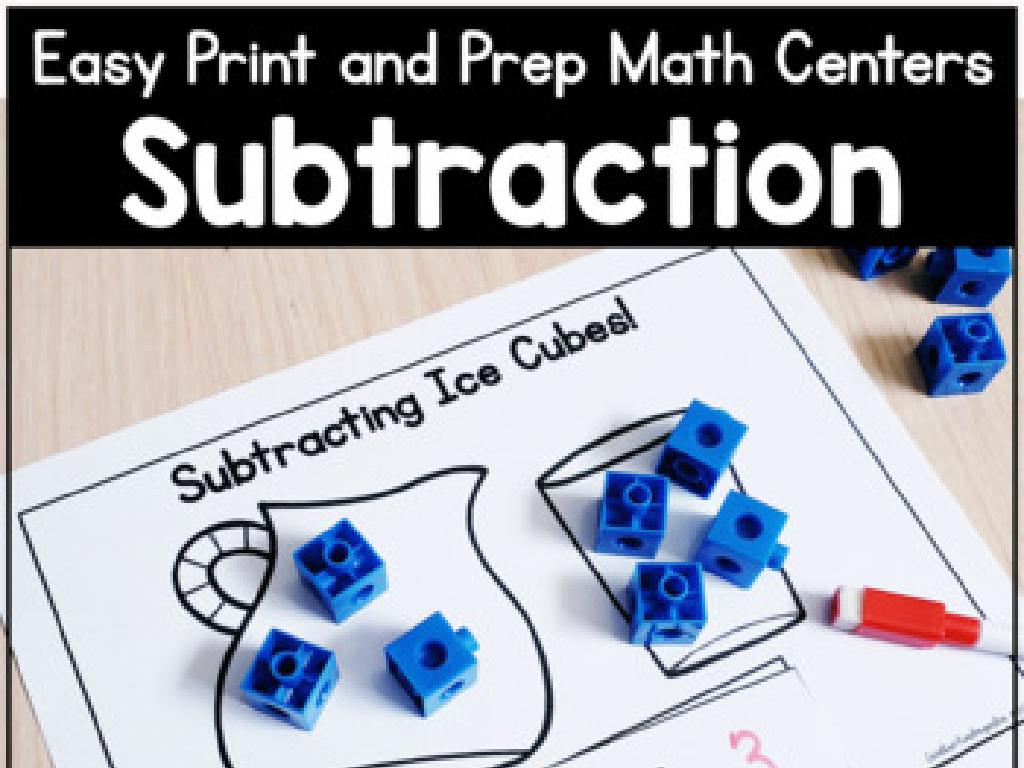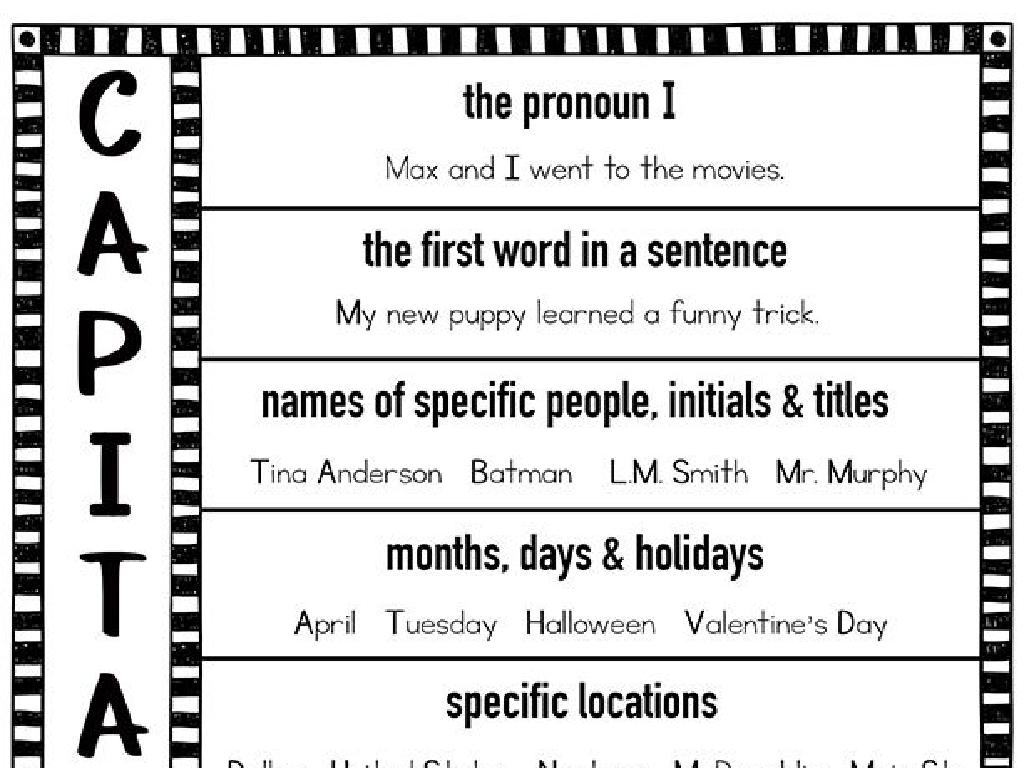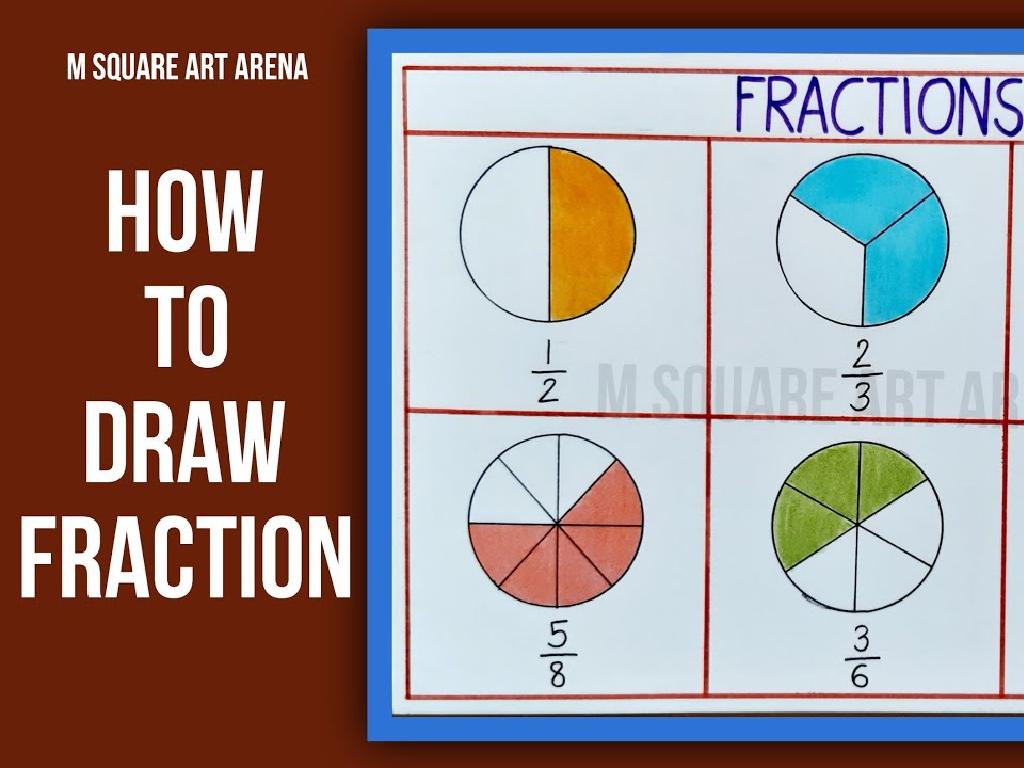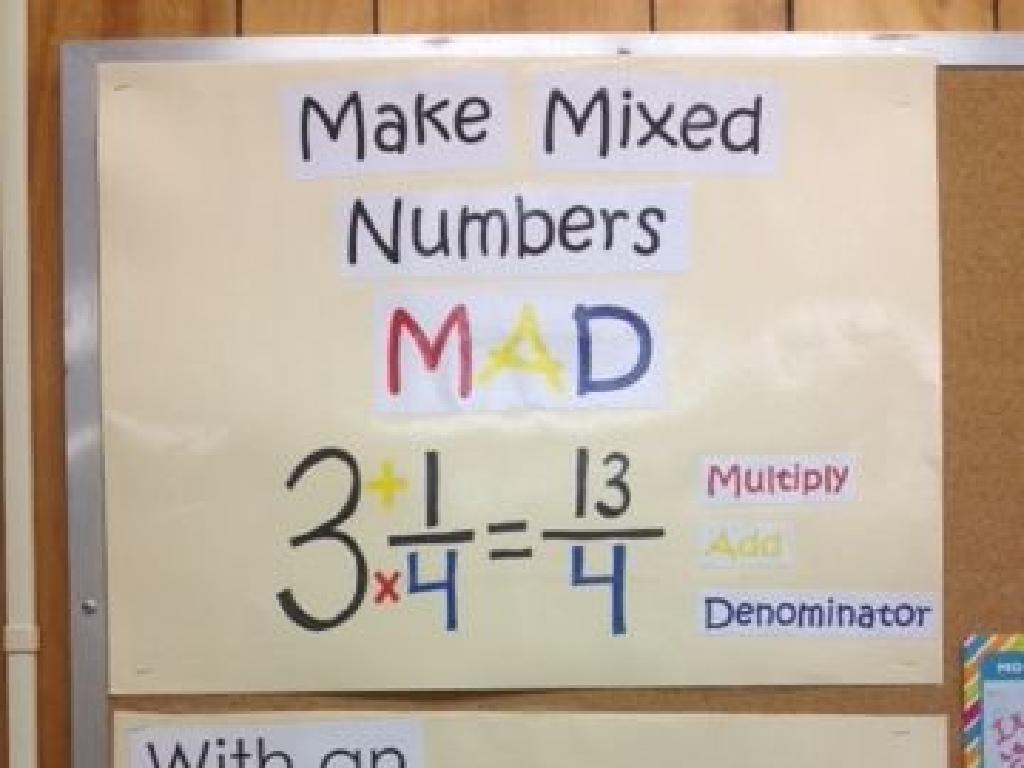Identify Personal Pronouns
Subject: Language arts
Grade: Third grade
Topic: Pronouns
Please LOG IN to download the presentation. Access is available to registered users only.
View More Content
Welcome to Pronouns!
– Pronouns: A special part of speech
– Pronouns in writing and speaking
– Share a pronoun you’ve used today
– Think of ‘I’, ‘you’, ‘he’, ‘she’, ‘it’, ‘we’, ‘they’
– Why pronouns are important
– They take the place of nouns to avoid repetition
|
This slide introduces the concept of pronouns to third-grade students. Begin by explaining that pronouns are words that take the place of nouns, making our sentences less repetitive and more interesting. Encourage the students to think about the pronouns they use every day, like ‘I’, ‘you’, or ‘he’. Ask them to share examples of pronouns they’ve used, which will help them connect the lesson to their daily communication. Emphasize the importance of pronouns in making our language more efficient and clear. As an activity, you could have students write sentences and then rewrite them using pronouns to demonstrate the difference.
Understanding Personal Pronouns
– Pronouns replace nouns
– Instead of ‘Lisa is tall. Lisa has a hat.’, say ‘Lisa is tall. She has a hat.’
– Avoid repeating nouns
– Examples: he, she, it
– ‘He’ for boys, ‘she’ for girls, ‘it’ for things, ‘they’ for groups
– Practice using pronouns
– Find sentences in books and try replacing nouns with pronouns
|
This slide introduces the concept of personal pronouns to third-grade students. Pronouns are essential in language as they help us avoid repetition and make sentences smoother. Start by explaining what pronouns are and why they are used. Provide clear examples of pronouns and their usage in sentences. Encourage students to identify pronouns in their reading and use them in their writing. As an activity, students can work on sentences where they replace nouns with the correct pronouns, ensuring they understand the concept of gender and number agreement in pronouns. This will help them write more efficiently and understand the text they read better.
Exploring Personal Pronouns
– What are personal pronouns?
– Words that stand in for people or things
– Pronouns for 1st, 2nd, 3rd person
– ‘I’ and ‘we’ for 1st, ‘you’ for 2nd, ‘he’, ‘she’, ‘it’, ‘they’ for 3rd
– Examples: I, we, you, he, she, it, they
– ‘I’ for myself, ‘we’ for my group, ‘you’ for the one listening, ‘he’, ‘she’, ‘it’ for others, ‘they’ for many
– Practice using personal pronouns
|
This slide introduces the concept of personal pronouns, which are used in place of nouns to refer to people or things. Explain that personal pronouns change depending on who we are talking about: the speaker (first person), the listener (second person), or someone else (third person). Provide examples for each case and encourage students to come up with their own sentences using different personal pronouns. This will help them understand how pronouns function in sentences and how they can use them in their daily communication.
Singular and Plural Personal Pronouns
– Personal pronouns show number
– Singular pronouns: one person or thing
– ‘I’, ‘you’, ‘he’, ‘she’, ‘it’ refer to one
– Plural pronouns: more than one
– ‘we’, ‘you’, ‘they’ refer to a group
– Examples: ‘I’ for me, ‘we’ for us
– Use ‘I’ when talking about yourself, ‘we’ when with friends
|
This slide introduces the concept of number in personal pronouns, distinguishing between singular and plural forms. Singular personal pronouns refer to one individual or thing, while plural pronouns are used when talking about more than one person or thing. It’s crucial to provide examples and encourage students to use these pronouns in sentences. For instance, ‘I walked my dog’ uses the singular ‘I’, while ‘We went to the park’ uses the plural ‘we’. Have students practice by writing sentences with both singular and plural pronouns and discussing the differences in class.
Using Personal Pronouns
– Personal pronouns replace names
– Example: ‘She’ instead of ‘Maria’
– ‘She’ is used for a girl or woman instead of her name
– Practice identifying pronouns
– Find pronouns in provided sentences
– Pronouns make sentences shorter
– Pronouns like ‘he’, ‘she’, ‘it’, ‘they’ avoid repetition
|
This slide introduces the concept of personal pronouns, which are used to replace the names of people or things to avoid repetition and make sentences shorter and easier to read. Start by explaining the definition of personal pronouns. Use clear examples to show how pronouns can replace names, such as ‘Maria’ being replaced by ‘She’. Engage the class with practice exercises where they identify personal pronouns in various sentences. Emphasize the importance of using the correct pronouns for the subject being referred to. Encourage students to think of their own sentences and practice replacing names with appropriate personal pronouns.
Let’s Practice: Pronoun Hunt Game
– Listen to the story carefully
– Raise your hand for pronouns
– When you hear ‘I’, ‘you’, ‘we’, or ‘they’, lift your hand up high!
– Spot words like ‘he’, ‘she’, ‘it’
– ‘He’, ‘she’, ‘it’ are also personal pronouns to look for.
– Get ready for the Pronoun Hunt!
|
This interactive activity is designed to help students identify personal pronouns in a fun and engaging way. As the teacher reads a story aloud, students will listen for personal pronouns and raise their hand each time they hear one. This will reinforce their understanding of pronouns as words that replace nouns and represent people, animals, or things. Before starting, review the list of personal pronouns with the class. During the activity, pause after each pronoun to acknowledge the students who identified it. After the story, discuss how the pronouns were used and why they are important in sentences. This will help students improve their listening skills and their ability to recognize pronouns in context.
Your Turn: Personal Pronoun Storytime!
– Write a story about your day
– Use many personal pronouns
– ‘I’, ‘you’, ‘he’, ‘she’, ‘it’, ‘we’, ‘they’
– Replace names with pronouns
– Instead of ‘Lisa’, say ‘she’
– Share with the class
|
This activity is designed to help students practice using personal pronouns in a fun and engaging way. By writing a short story about their day, students will have to think critically about how to replace proper nouns with the correct personal pronouns. Encourage creativity and the use of a variety of pronouns to reinforce their understanding. Provide examples if necessary, such as replacing ‘Lisa’ with ‘she’ or ‘the dog’ with ‘it’. When sharing in class, students will not only get to practice speaking using pronouns but also listening for pronoun use in their peers’ stories. This will help solidify their grasp of the concept in a social and interactive setting.
Class Activity: Pronoun Charades
– Engage in Pronoun Charades game
– Receive a noun card to act out
– No speaking during your performance
– Classmates guess the personal pronoun
They might shout ‘he’, ‘she’, ‘it’, or ‘they’ based on your act
|
This activity is designed to reinforce the concept of personal pronouns in a fun and interactive way. Each student will receive a card with a noun that they will act out silently, such as ‘doctor’, ‘cat’, or ‘group of dancers’. The rest of the class will then guess the appropriate personal pronoun that could replace the noun, shouting out ‘he’, ‘she’, ‘it’, or ‘they’. For the teacher: Prepare a set of noun cards in advance, ensure that each noun clearly represents a person, animal, or group to make it easier for students to guess. Encourage students to use gestures and body language to convey their noun. Have a list of possible nouns and corresponding pronouns ready for your reference. This activity will help students understand how pronouns can be used in place of nouns and the importance of context in choosing the correct pronoun.

